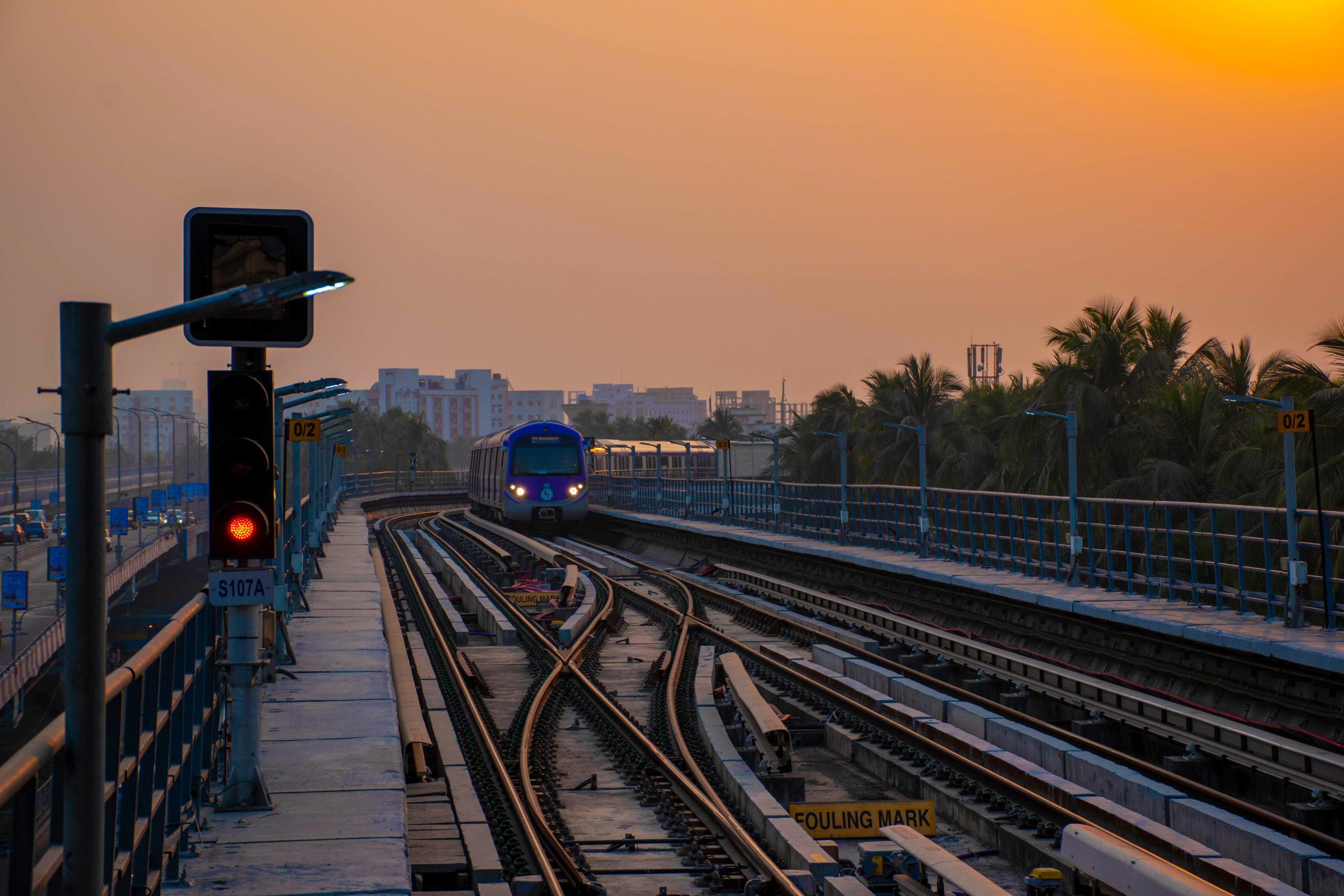Further investment to be made in semi-high-speed rail, metro, and mass transit
By Editorial Board
Transport and Infrastructure come out on top in India’s 2022–23 Union Budget. $32.7bn earmarked for railways; Vande Bharat project takes center stage.
The new $530bn 2022–2023 budget set out by Prime Minister Narendra Modi’s government on Feb 1 proposes a 35% spending increase, mainly on infrastructure related projects. The government highlighted the idea that increased construction would grow the economy.
“The approach is driven by seven engines, namely roads, railways, airports, ports, mass transport, waterways and logistics infrastructure,” said finance minister, Nirmala Sitharaman, while presenting the budget to Parliament. “All seven engines will pull forward the economy in unison.” The government spending plan must now be approved by the Parliament before it can go into effect in April of 2022.
Out of the $530bn total, $32.7bn was earmarked for rail including an increased commitment to invest in rolling stock and infrastructure development as well as the electrification of broad-gauge routes and the indigenously-developed anti-collision system known as Kavach.
The big news is that Indian Railways (IR) is set to order the construction of 400 aluminum-bodied, semi-high speed Vande Bharat trains, in addition to 100 new multimodal freight terminals over the next three years. Orders for 44 trains have already been placed by IR, while tenders for an additional 58 are currently being processed.
Online journal Rail Analysis also reports that innovation aimed at faster implementation will be encouraged for building Metro systems. Priority will also be given to multi-modal connectivity between Mass Urban Transport and Railway Stations.
However, metro system designs, including civil structures, will need to be reoriented and standardized to meet local conditions and the needs of the Indian population. As reported in Rail Journal, Mr. Alain Spohr, managing director of Alstom India, remarked: “It is a progressive and growth-oriented budget that will have a huge multiplier effect on the economy; incentivising faster implementation of projects. The policy aimed at standardisation of metro design systems will provide the much-needed stability to manufacturers.”
Some metro projects are already well underway including the Delhi Metro. Recently, 5 train manufacturers including Alstom Transport India Ltd., BEML Ltd., CAF India Pvt. Ltd., JSC Metrowagonmash, and Titagarh Wagons Ltd. submitted bids for the supply of 48 trains (288 coaches) for Phase 4. In order to comply with the government’s Make in India initiative, the Delhi Metro stipulated that a maximum of 12 trains (72 coaches) can be manufactured outside of India. To comply with the bid conditions, contractors must establish their own local facilities or enter into a JV with an Indian partner.
Public transport will be key to resolving India’s road traffic and air pollution problems. Metro Rail News mentions that the 82-kilometre Rapid Rail Transit Corridor (RRTS) connecting Delhi and Meerut, currently under construction, should help get up to 100,000 private vehicles off the road, reducing congestion and CO2 emissions. This particular corridor runs through Delhi and connects stations at Sarai Kale Khan, Jangpura, Anand Vihar, and New Ashok Nagar which will serve as hubs for metro stations, Inter-State Bus Terminals (ISBTs), and other RRTS corridors.
As the budget moves towards the parliamentary approval process in the coming months, more details about specific projects and upcoming open tenders will hopefully emerge.
